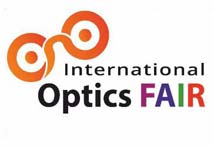Not All Learning Difficulties Are in the Brain—Some Start in the Eyes
.jpg)
Authorised By: -Antara Chakraborty, Assistant Professor, KD Institute of Optometry
Introduction
Why do certain children fall behind in school, despite their best efforts? Parents might attribute it to distraction, schools might blame television and screens, and tutors might spend hours on reading skills. But a seemingly hidden reason often eludes diagnosis—undiagnosed vision issues.
Numerous youngsters stumble into classrooms every day with uncorrected vision problems that quietly influence the way they look at the board, read their books, or focus on assignments. They aren't necessarily serious or conspicuous eye diseases. Sometimes, it's a little blur, slight variations between the two eyes, or trouble keeping sharp focus for longer
than several minutes.
But these "minor" complaints can significantly affect school performance, particularly in today's classrooms where screens, reading assignments, and on-going visual demands abound.
Being eye care providers, particularly optometrists and opticians, it is about time we draw the spotlight on this emerging issue and question: Are we doing enough to make our children see well enough to learn?
The Modern Classroom is Tough on Eyes.
Consider an average classroom today. Kids alternate between glancing at the board, reading books, completing worksheets, and on tablets or computers. Their eyes need to accommodate rapidly and precisely for varying distances and lighting.
Even simple activities—such as copying off the board or reading for 20 minutes—involve constant visual concentration, cooperation between both eyes, and sharp vision at all distances.
Now picture a child who perceives somewhat fuzzy letters on the board or feels exhausted after reading for only a couple of minutes. They may not complain because they assume it's okay. Teachers may think they're lazy or not paying attention. Parents won't see anything is amiss—until grades begin slipping.
Today's classrooms have presented a new kind of challenge to children's eyes. The combination of up-close reading, smart boards, tablet computers, and visually rich assignments is a huge load for children's visual systems. This visual load isn't merely about clearness; it's also about endurance. Can a child maintain their eyes aligned and focused on something for long periods of time? Can they easily change between near and far without discomfort or fatigue?
These questions are seldom posed at typical check-ups but are absolutely essential in determining visual obstacles to learning.
The Hidden Struggles: Not Just Glasses, But Visual Efficiency
We tend to think of vision impairments as overt—such as a child who squints or holds a book at arm's length. However, numerous children experience subtle visual challenges that won't be detected during a standard eye exam or school screening.
Below are some examples:
•Mild hyperopia (farsightedness): A child is able to see in the distance but might have trouble keeping things in focus while reading for an extended period.
•Astigmatism: Letters will appear blurry or irregular, and reading will be more difficult.
•Anisometropia: Each eye is of a different power, so the eyes are not functioning evenly.
•Binocular vision problems: The two eyes do not work in harmony with each other, resulting in eye fatigue or double vision.
These are not always detected unless the child complains—or unless a thorough visual function test is conducted. However, they can result in slow reading, poor understanding, frequent headaches, loss of concentration, and avoidance of homework or reading.
In contrast to myopia, which tends to get corrected early on because of distance blur complaints, accommodative lag, convergence insufficiency, or mild uncorrected hyperopia may go undetected. However, they may render prolonged near work tiresome or tiring. When children must work harder to merely see, they tire more quickly and doubt their schoolwork
capabilities.
What Children Won’t Tell You
Kids seldom express, "I don't see well", particularly if they've never experienced what good eyesight is. What they may do is:
•Struggle to keep their place while reading
•Refuse to read out loud during class
•Look bored or daydreamy
•Complain of headaches or eye aches
•Rub their eyes a lot
•Take longer than their peers to finish tasks
It's easy to overlook these signs—or confuse them with behavioral problems. That's why education is so important.
Most parents and teachers believe that if a kid can read the board, his eyes must be perfect. Vision, however, is not just about clarity—it's about comfort, endurance, and coordination. A kid may "pass" a vision test but still suffer quietly because their eyes aren't working efficiently together.
Why Many Vision Issues Go Undetected
In most schools, vision is only screened by a simple distance chart. If the child is able to read letters in the room across from them, they "pass," but this doesn't determine how well they can read a paragraph at near, whether or not they have binocular teamwork, or how well they can hold their concentration for 20 minutes.
Also, some eye experts adhere to strict protocols and are reluctant to prescribe glasses for minor issues—particularly if the child is not complaining. But in today's challenging classrooms, even minor vision issues can pose real academic challenges.
We have to change our frames of mind from "Is the child's vision bad clinically?" to "Is the child's vision good enough to pass school?"?
Also, routine paediatric eye tests may not cover near point of convergence, accommodative facility, or eye movement control. They are crucial for learning and reading. The visual load in a 2025 classroom requires much more of a child's eyes than previously.
Real Impact on Learning
Imagine a kid who has to work overtime just to keep words in sight. Her classmates get done reading in no time when she's still reading the first paragraph. She begins to think she is "slow" or "not bright"—when actually, her eyes are just over-exerting themselves.
Now consider the boost in confidence when that same child receives the proper glasses or vision therapy and, literally overnight, reads with greater ease. That's the difference early intervention can make.
As sight increases, confidence, quickness, and capacity for learning usually expand.
The domino effect of impaired visual comfort is deep-seated: when a child fails to read well, they tune out. When they tune out, they don't engage. When they don't engage, they underachieve. Before long, an avoidable visual problem can spread to damage self-esteem and academic progress.
The Indian Scenario: A Call for Better Screening
In India, there are millions of children learning in visually demanding circumstances—flickering lights, overcrowded and cramped classrooms, prolonged hours, and excessive dependence on reading and memorization.
Still, vision screenings are not yet universal in most schools. Even when they do occur, they usually test for only distance acuity, skipping near vision, eye teaming, and endurance. This leaves numerous kids with functional or borderline vision problems never being referred for additional treatment.
We can—and should—do better.
It is generally not feasible for schools to be provided with trained vision professionals. Primary screening falls to volunteers or elementary health care workers working with Snellen charts. There needs to be more extensive, function-based vision screening instruments. Teachers also need training to identify indicators of visual discomfort and refer early.
What Optometrists Can Do
As primary eye care providers, opticians play a crucial role in early detection and education. Here’s how you can make a difference:
1. Ask the Right Questions
When a child comes in, don’t just ask if they can see clearly. Ask:
Do you enjoy reading?
Do your eyes get tired at school?
Do you sometimes skip lines or lose your place?
Do you get headaches after reading?
2. Encourage Detailed Eye Exams
Refer children for a full visual function evaluation, including binocular vision, accommodation, and near tasks.
3. Educate Parents
Explain that vision is not just about seeing clearly across the room—it’s also about comfort, speed, and focus during schoolwork. Encourage annual eye check-ups even when no symptoms are reported.
4. Advocate for Regular School Screenings
Partner with local schools or NGOs to organize comprehensive vision checks—covering both distance and near vision. Offer guidance on lighting ergonomics, screen use, and proper reading posture.
5. Offer the Right Solutions
Be proactive in offering glasses, even for mild issues, when there is a clear benefit. A slight correction can mean a big difference in classroom performance. Explain to parents how and why even low prescriptions can be helpful.
Simple Tips for Parents and Teachers
If you’re a parent or teacher, watch for these signs:
Child avoids reading or writing
Complains of tired eyes or headaches
Holds reading materials very close
Frequently rubs eyes or blinks
Drops grades despite effort
And follow these easy steps:
Schedule yearly eye exams for your child
Ensure good lighting in study areas
Give regular breaks during homework or screen time (20-20-20 rule)
Be open to using glasses if recommended, even for mild problems
Use large font sizes and good contrast in reading material
Conclusion: Small Lenses, Big Changes
Today, good eyesight is no luxury—it's a learning instrument. When a child can see clearly, sit comfortably, and read easily, the learning doors swing wide open.
As opticians and vision care practitioners, we need to transcend just selling eyewear. We need to become advocates for the learning potential of children.
Let us not wait for kids to fail before we look into their eyes. Rather, let's make clear vision a part of each child's school bag—from the beginning.
Because behind each bright student is a set of eyes eager to see the world—and a professional who guided them to do just that.

.jpg)
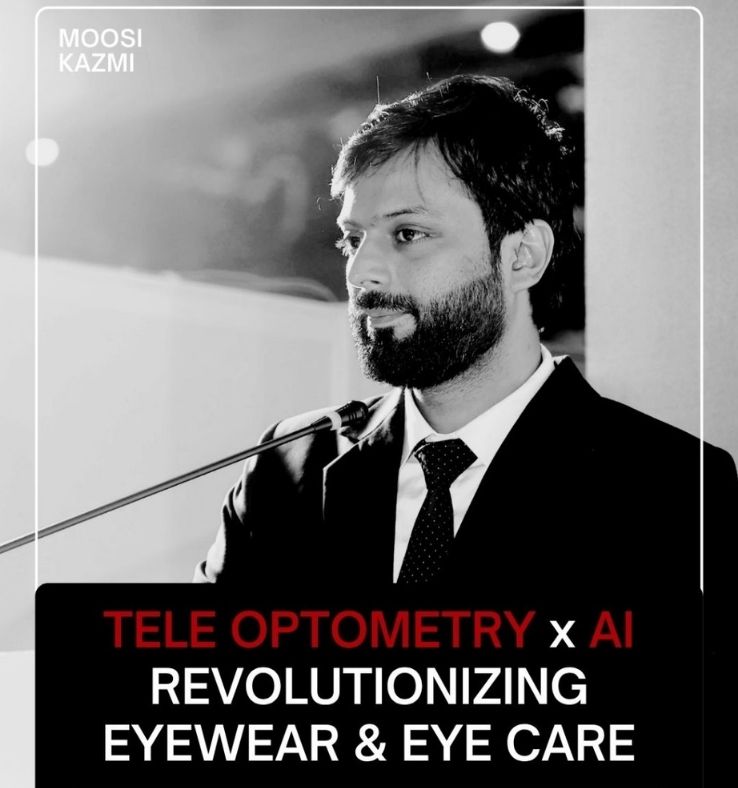
.jpg)
.jpg)
.jpg)
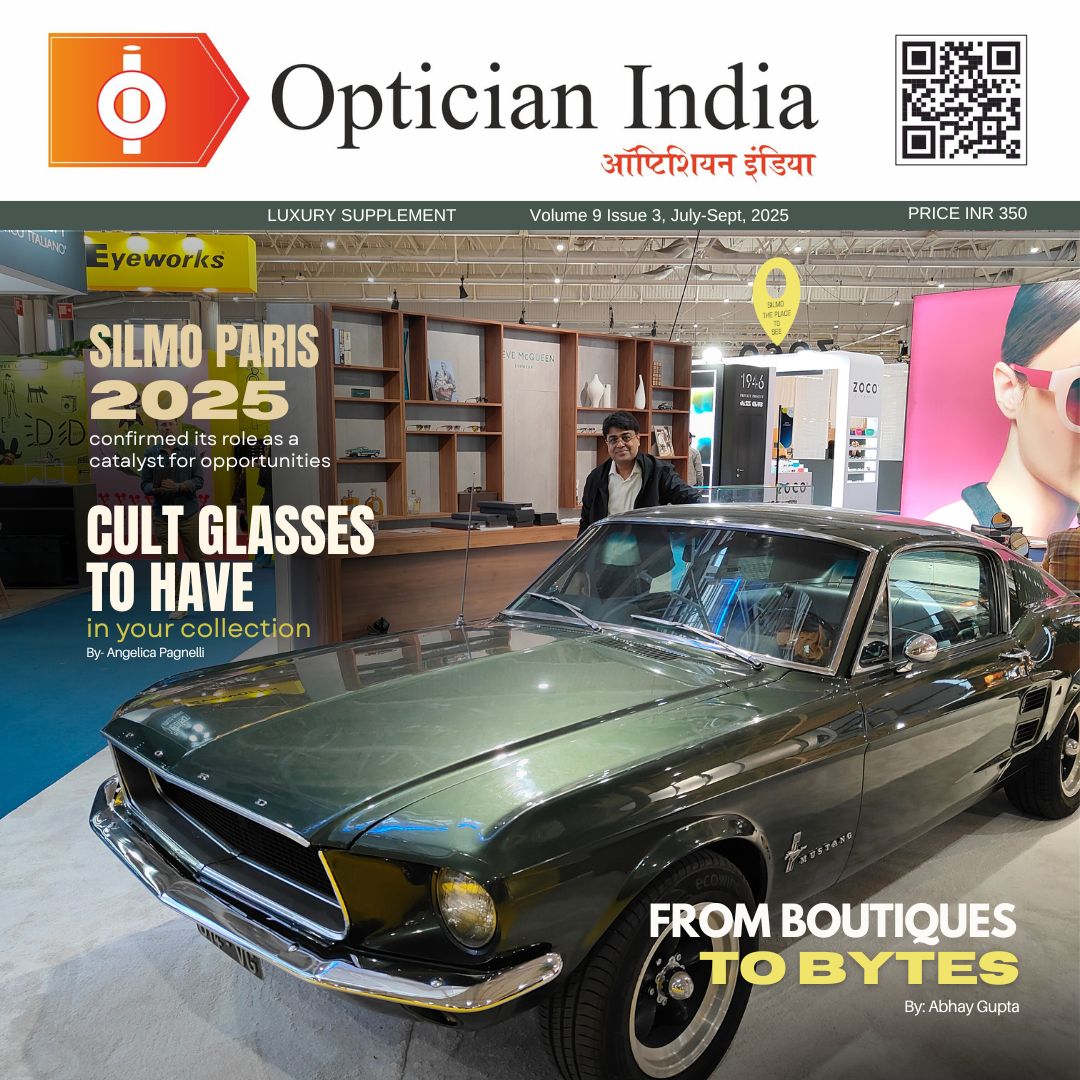
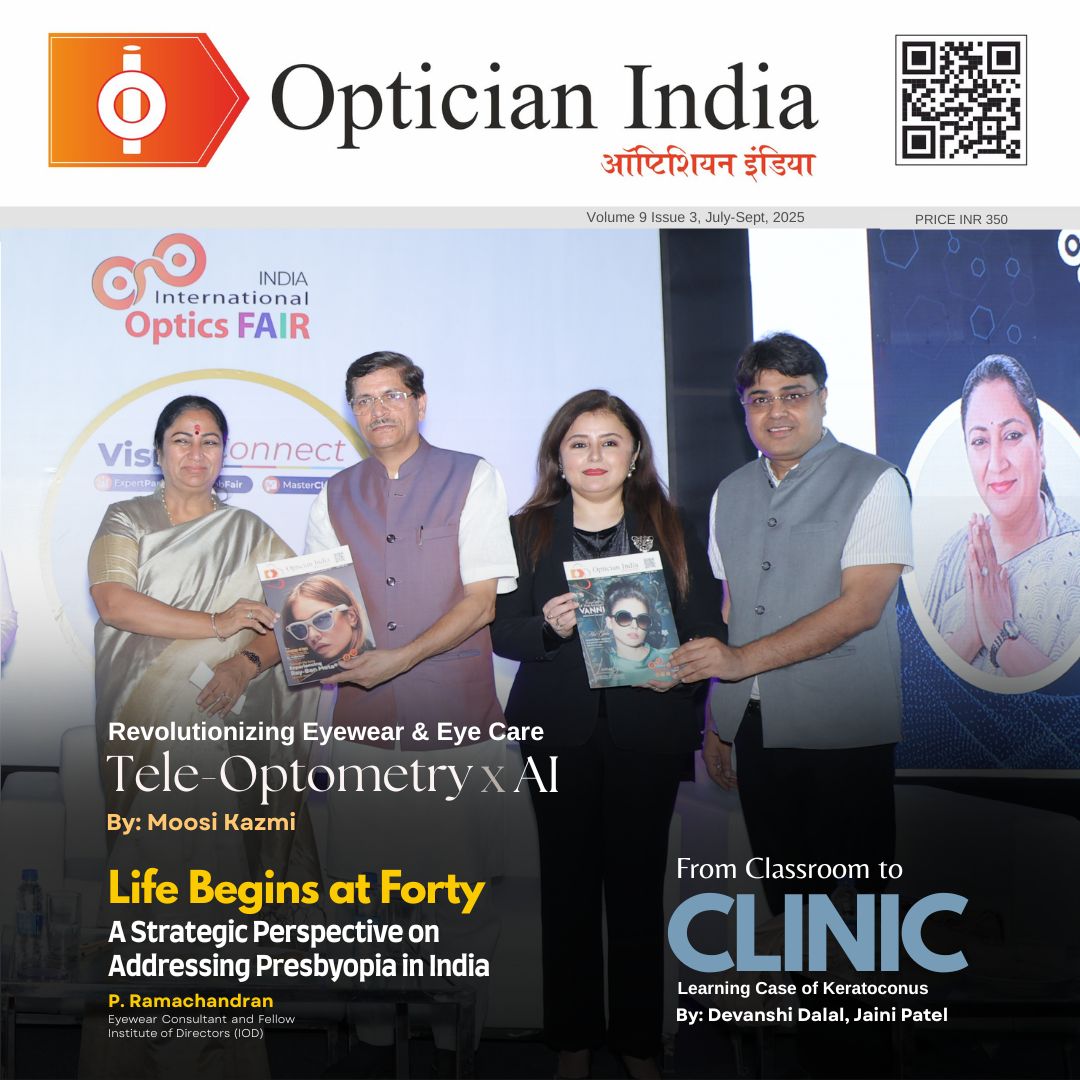
1.jpg)
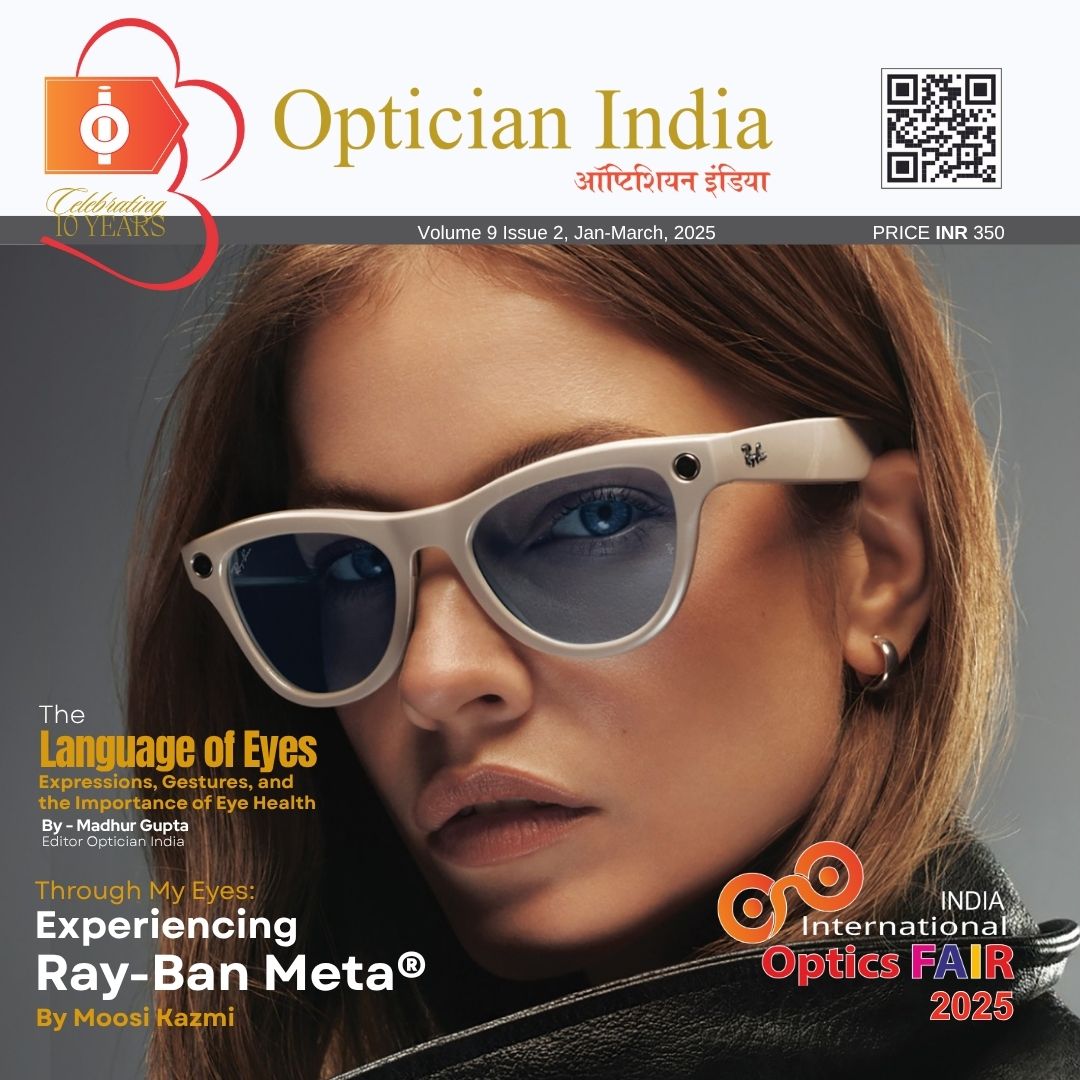


.jpg)
.jpg)

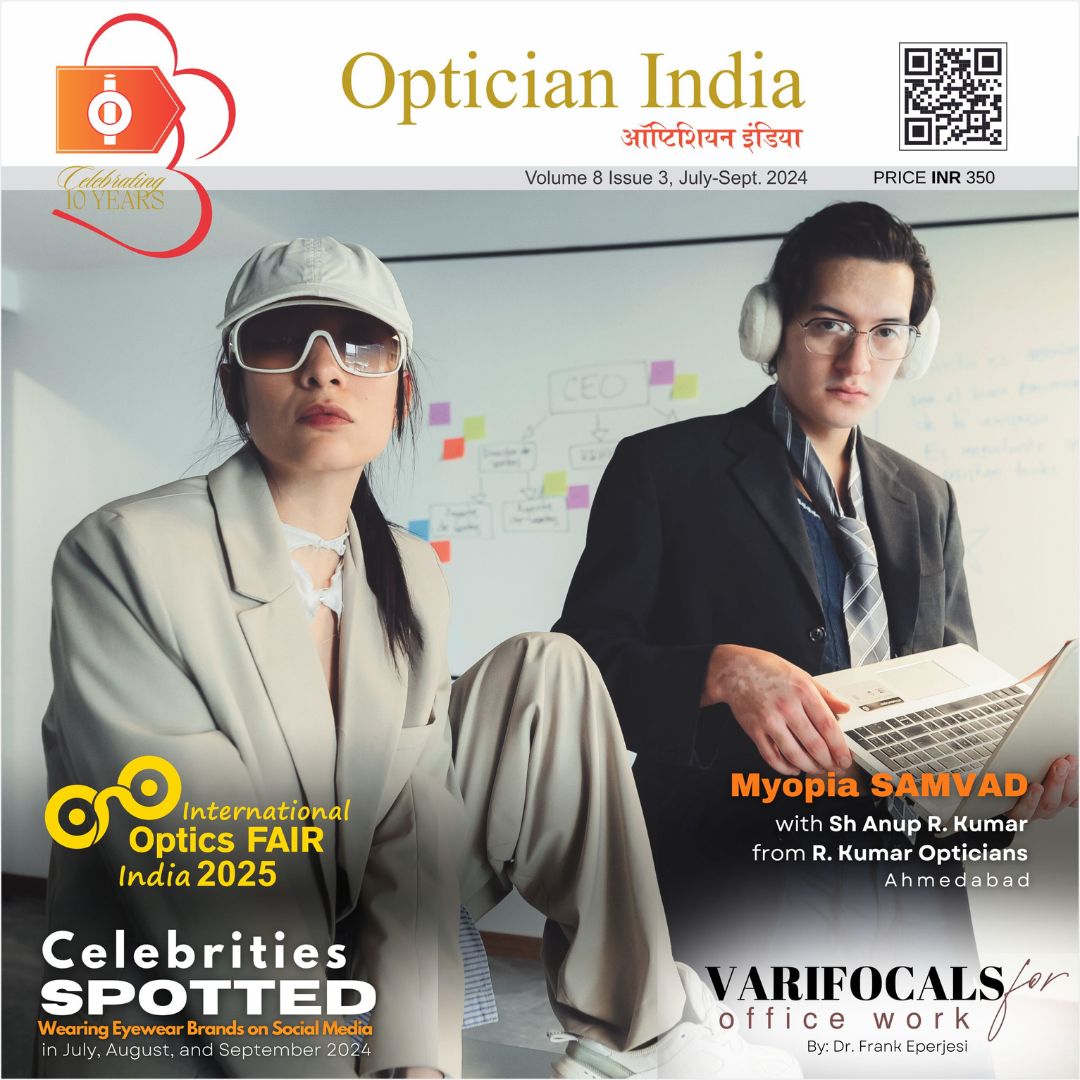

_(Instagram_Post).jpg)
.jpg)
_(1080_x_1080_px).jpg)


with_UP_Cabinet_Minister_Sh_Nand_Gopal_Gupta_at_OpticsFair_demonstrating_Refraction.jpg)
with_UP_Cabinet_Minister_Sh_Nand_Gopal_Gupta_at_OpticsFair_demonstrating_Refraction_(1).jpg)
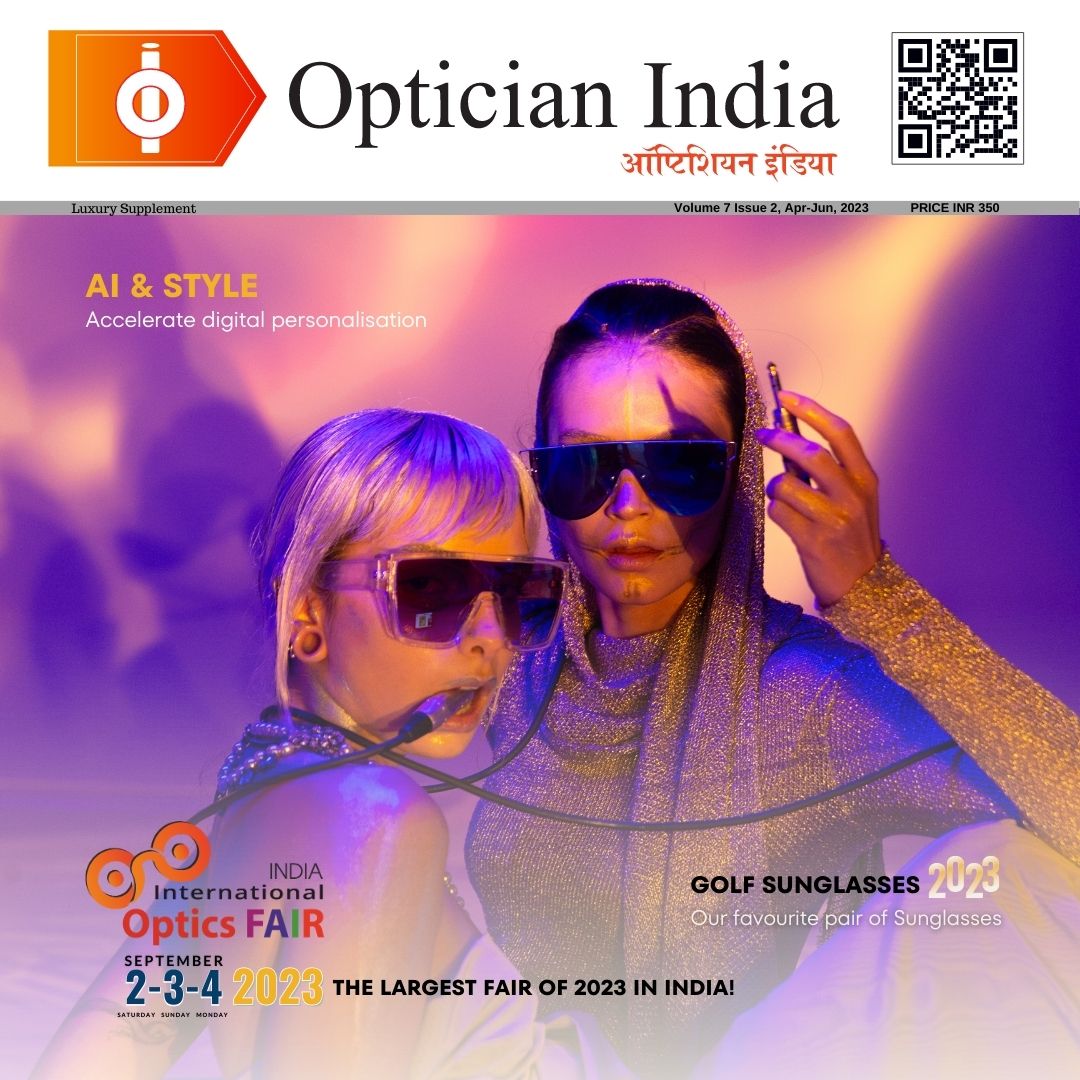
.jpg)
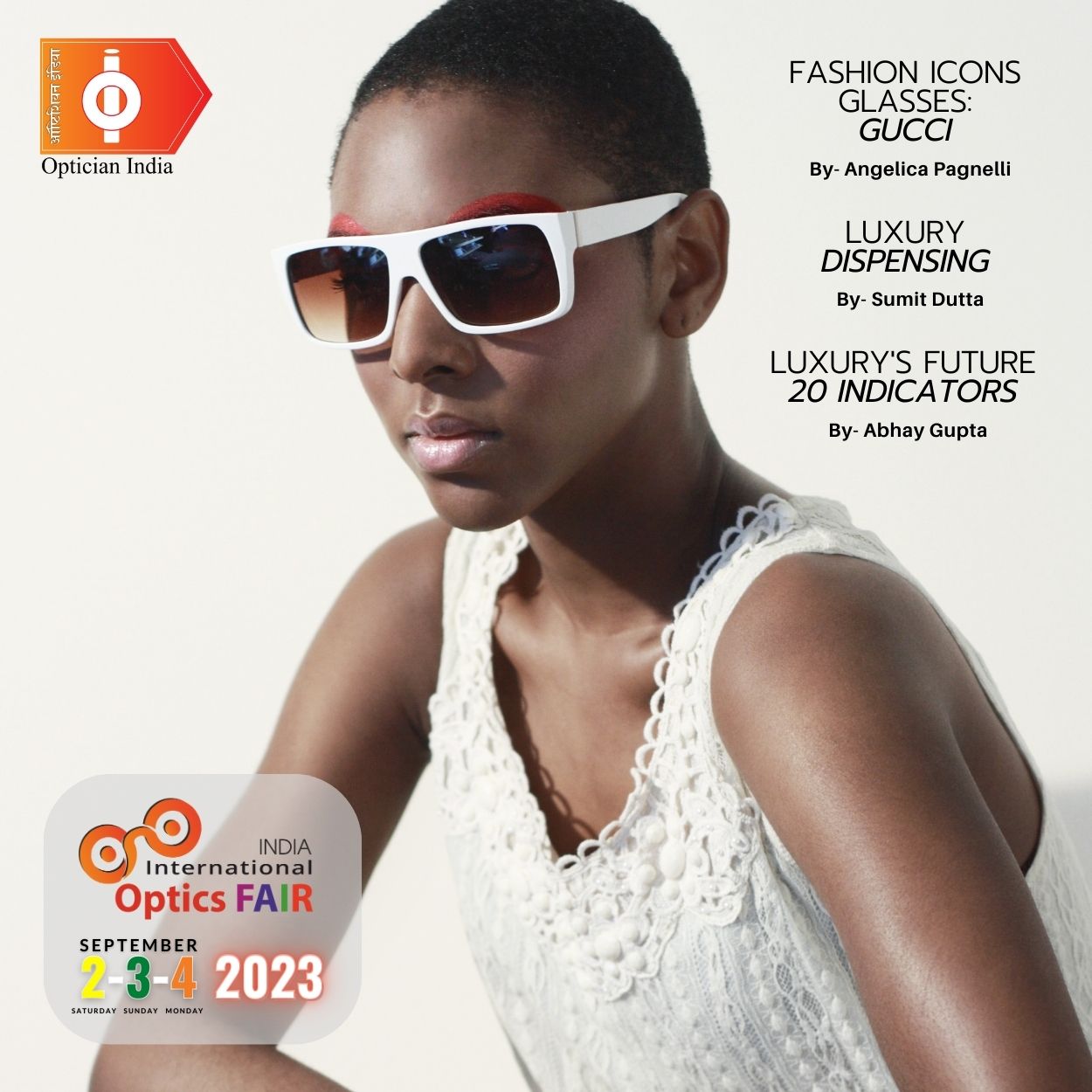


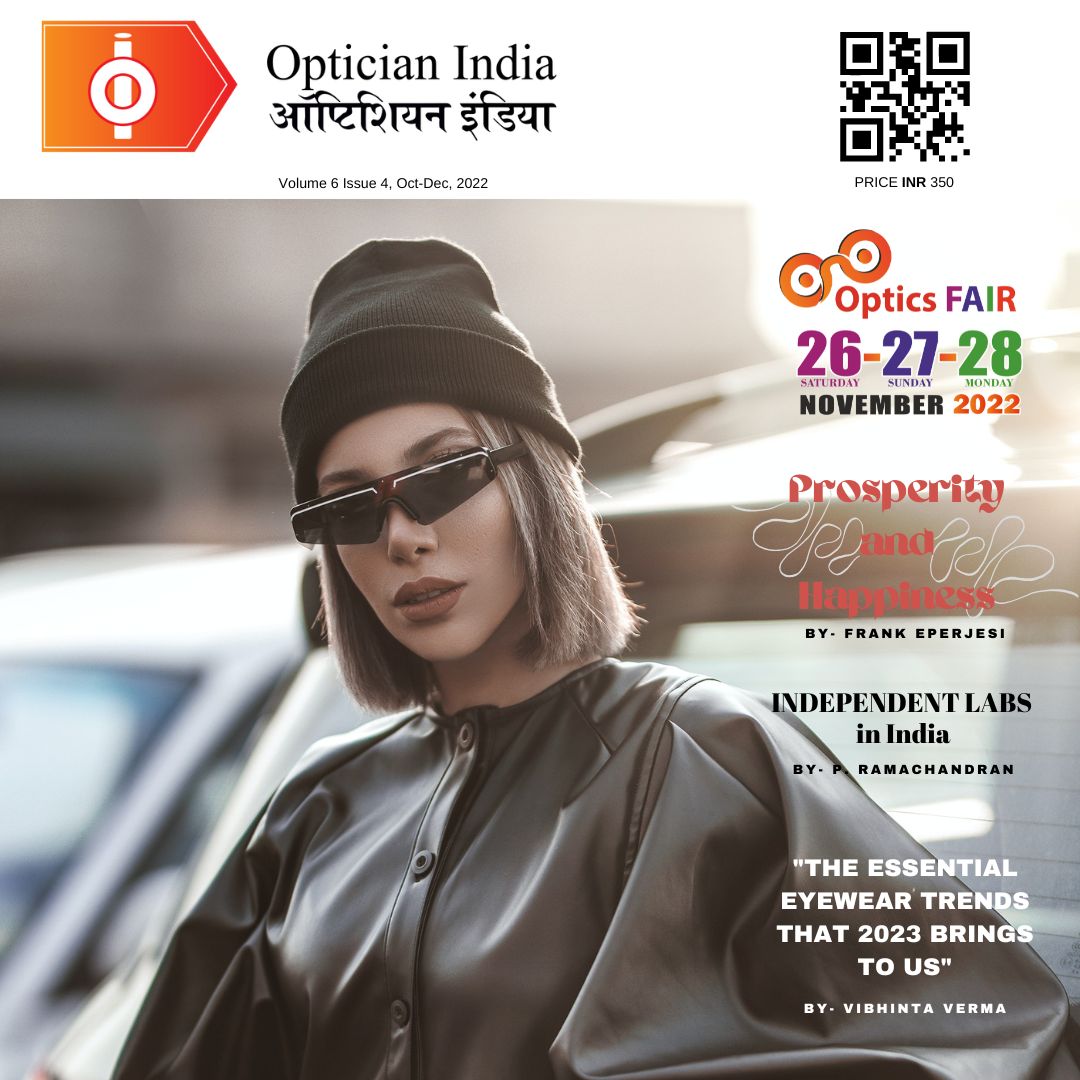

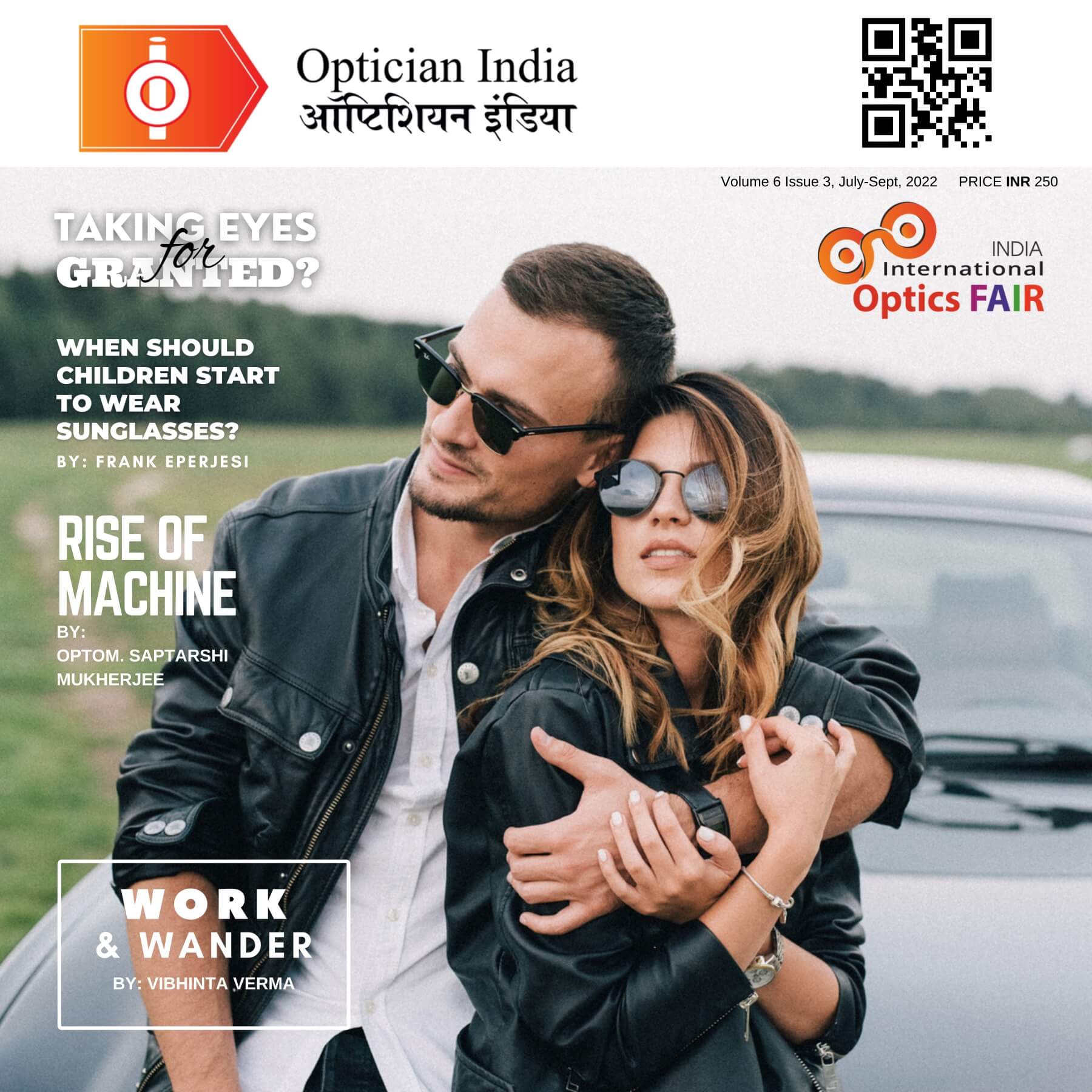
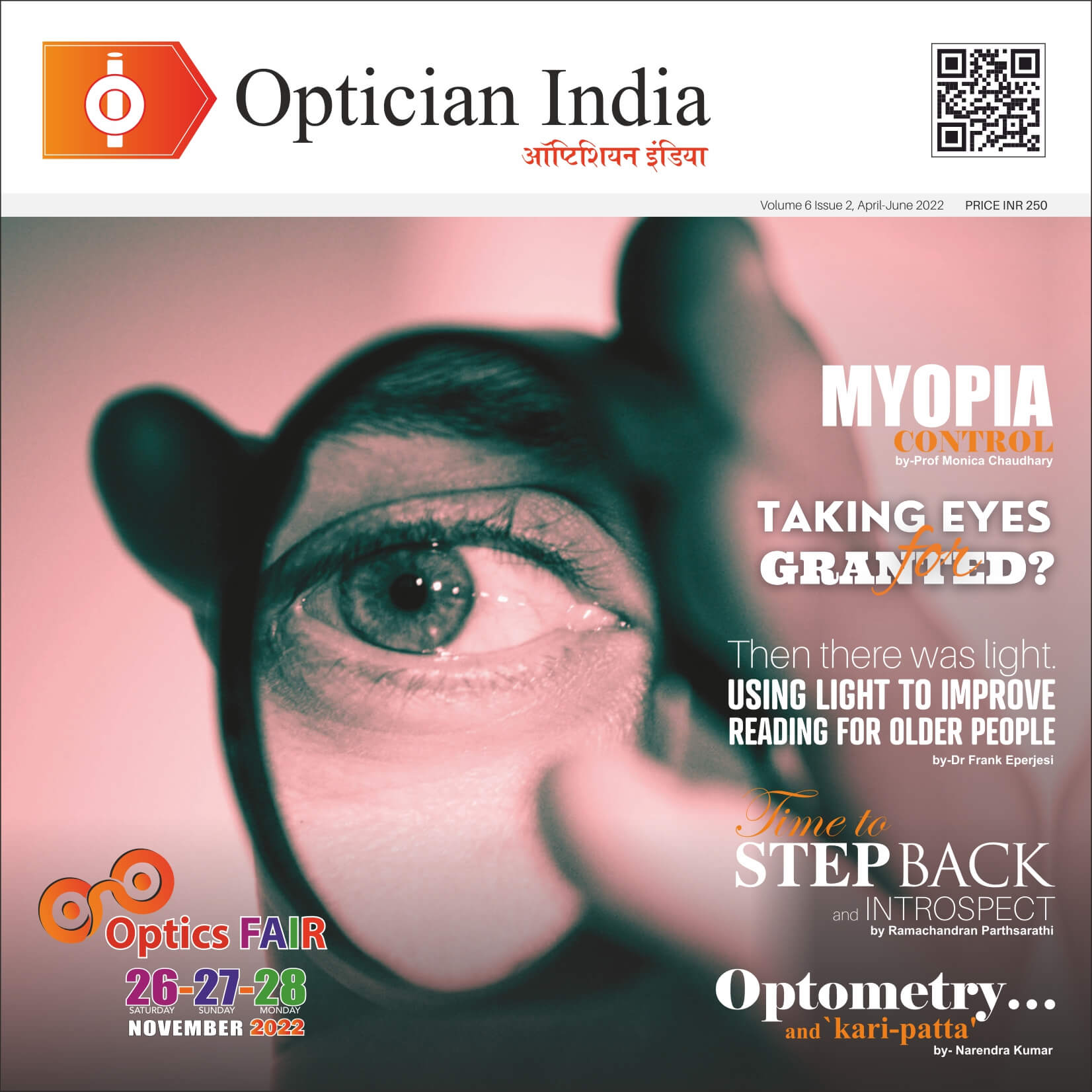

.jpg)
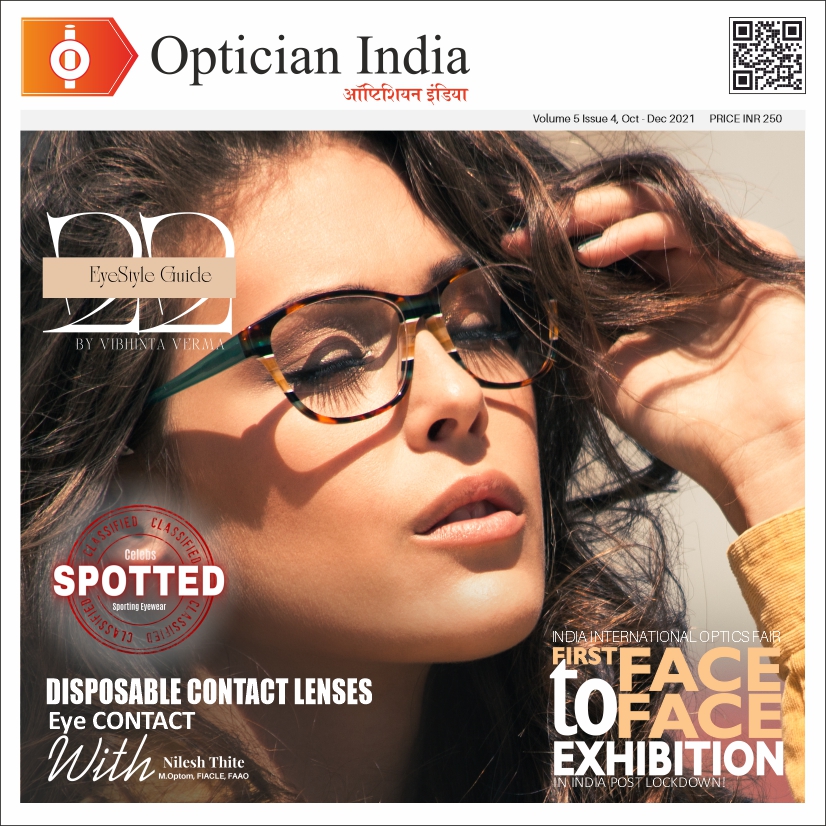
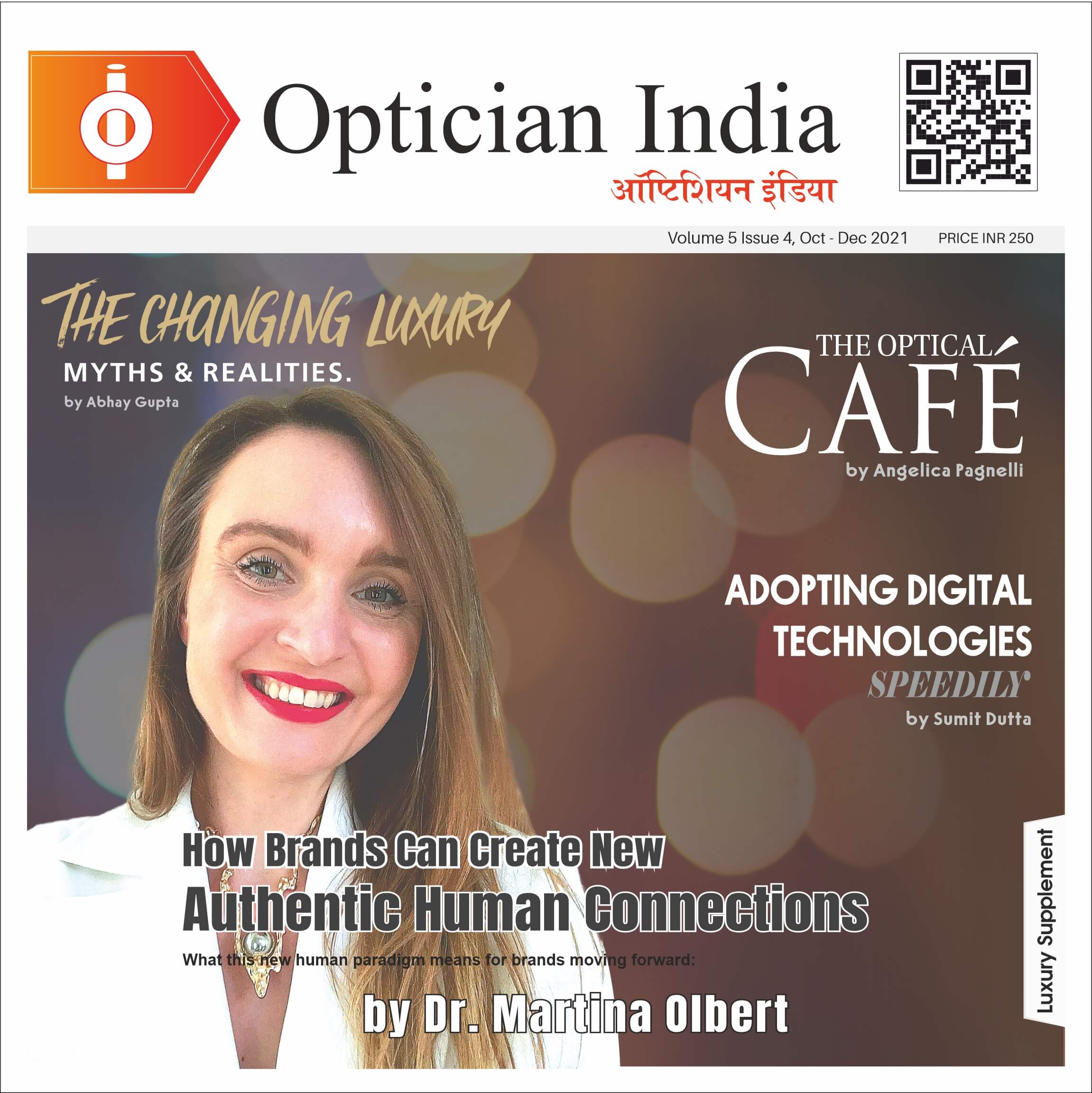
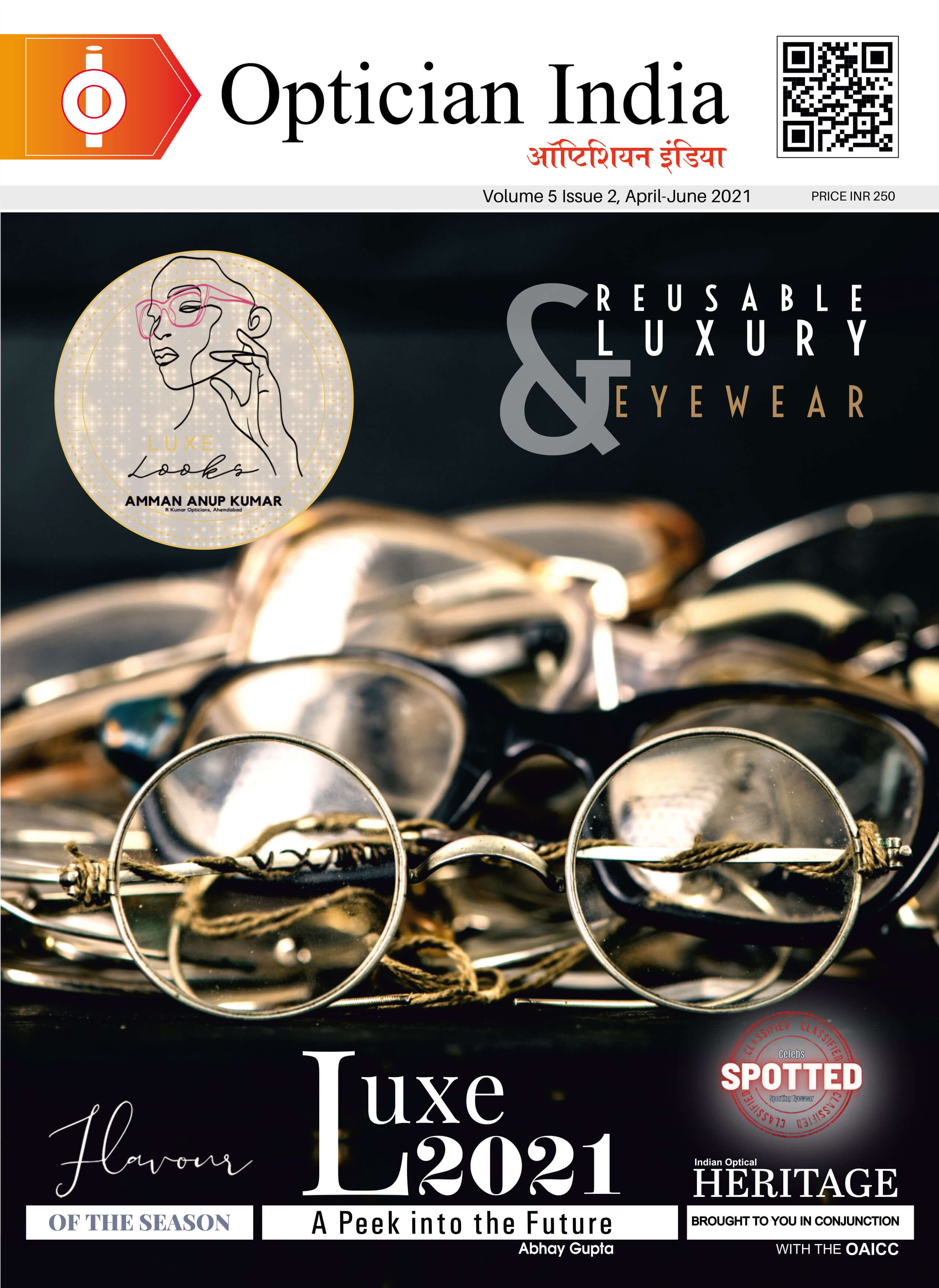
.png)
